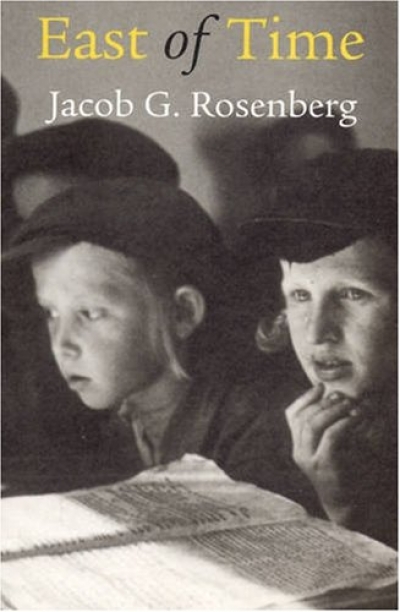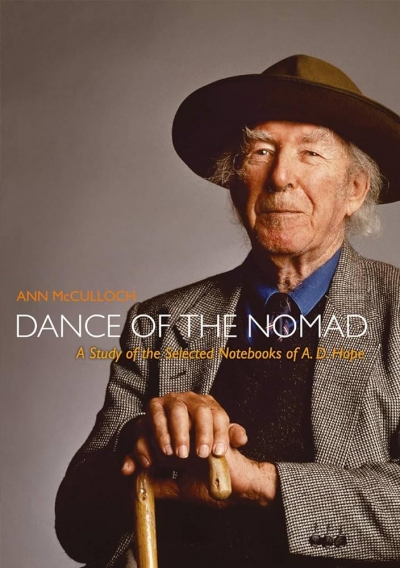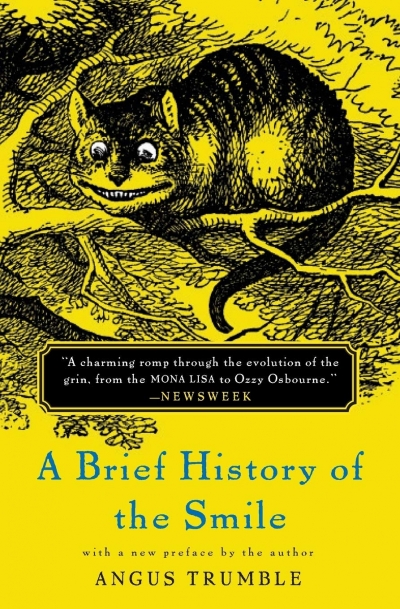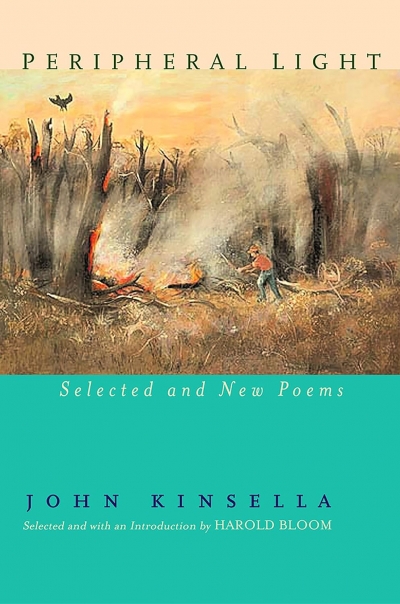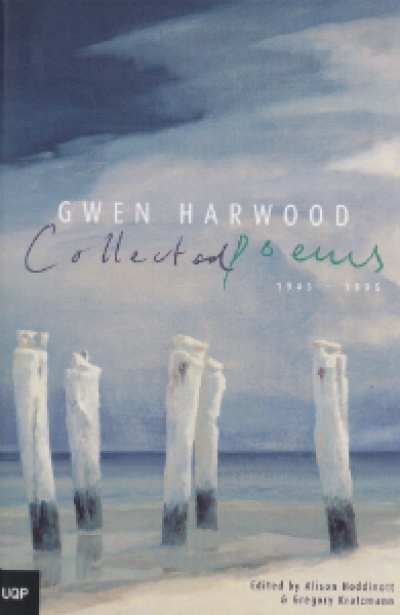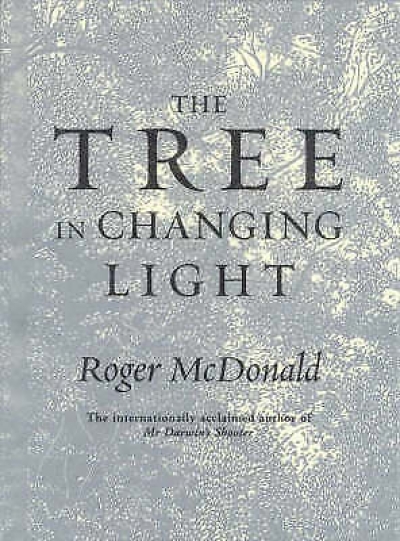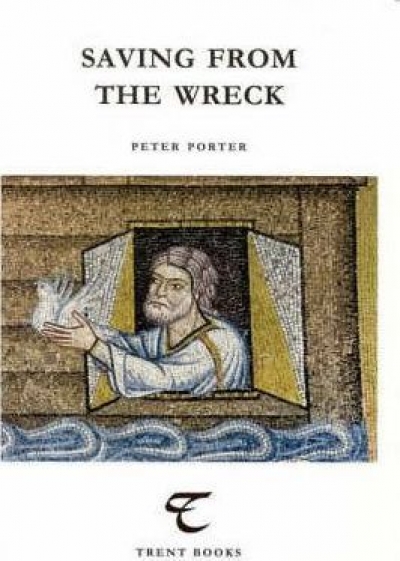Peter Steele
Well, it’s been waiting all these years, like a poem
asleep in the word-hoard, its prince to come,
kiss at the ready, and bloom it forth to the world:
or like a kouros, hauled with pain
from the gnarling waters, smiling gaze intact,
its maker long put out to sea:
or like that ‘orient and immortal wheat’ that waved
before Traherne, a child bereft,
and set him claiming Paradise again:
yes, it’s here for the restless heart –
The American Express Gold Card Dress – and all
may now be well at last.
... (read more)Dance of the Nomad: A study of the selected notebooks of A.D. Hope by Ann McCulloch
Peripheral Light: Selected and New Poems by John Kinsella
Bowed from the supermarket, a week’s rations
jumbling the plastic, I saw in shadow
my dead father. He crept the pavement, burdened
as I am not by a lost country.
... (read more)To dinner as a guest at the Lotos Club, on East 66th St in New York. Named apparently after Tennyson’s Lotos Eaters’ territory – ‘In the afternoon they came unto a land in which it seemed always afternoon’, not to be confused with Robert Burton’s ‘afternoon men’, who are permanently smashed. The Latos Club’s 1870 Constitution declares its intent to promote and develop literature, art, sculpture and much else. One thing caught my ear, and one my eye. It was the first time I have heard anybody speak in virtually the same breath of ‘my ancestors’ and ‘residuals’. And I was glad to see that the Club boasted yet another painting of Tom Wolfe in (so to speak) full fig, white on white – glad partly because it reminded me that of all the worthy injunctions offered me as a young Jesuit, that against becoming a ‘clerical fop’ has been obeyed triumphantly. One has to start somewhere …
... (read more)
